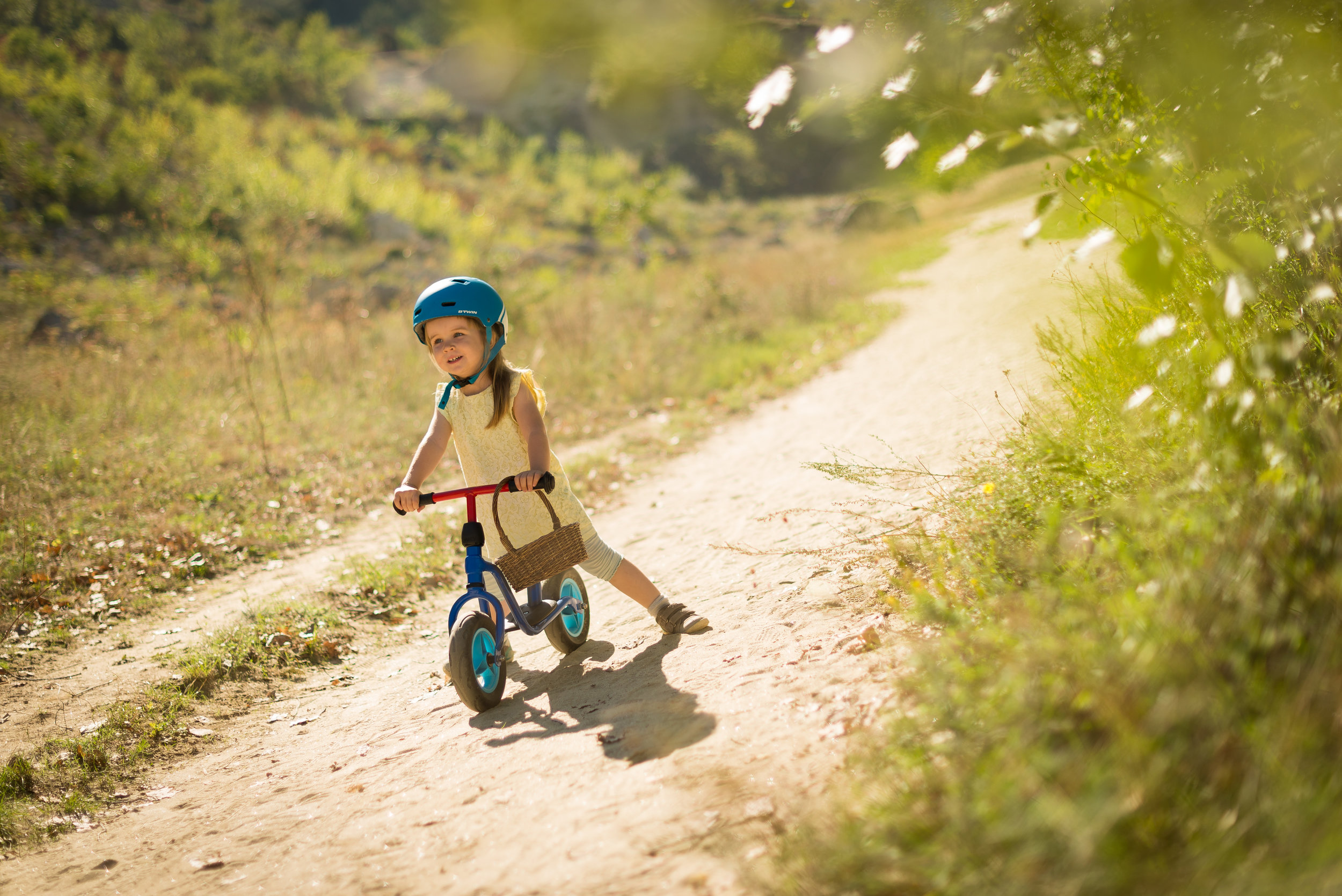The Do's and Don'ts of Parenting an Anxious Child
As my colleague and friend Caroline Adelman explains to parents, at some point in our lives, we have all learned to ride a bike or taught our children to ride bikes. Think back to those moments. When your child fell off their bike for the first time, did you say…
“It’s ok sweetie. Bikes are really scary and we don’t ever have to ride one again.”
OR
“You know what? Why don’t I hold the back of the bike and never let go?”
OR
“I see you skinned your knee. That must have hurt. Tell me when you are ready and let’s try again.”
Most parents tend to choose option 3, because they know that’s the best way for their child to learn to successfully and confidentially ride their bike.
Caroline and her colleagues at The Yale Child Study Center found that parenting an anxious child is a lot like teaching children to ride their bikes. You want to validate and acknowledge your child’s emotions AND express confidence in his or her ability to cope.
Most Common Parenting Behaviors Associated with Anxiety in Children
Overcontrol – Intrusive parenting, limiting of autonomy and independence
Overprotection – Limiting child’s exposure to stressful stimuli
Tolerance or encouragement of avoidance behaviors
Modeling anxious and avoidance behaviors
What’s the Problem with These Behaviors?
The problem with rescuing or accommodating behaviors is that, while they temporarily decrease a child’s anxiety, they reinforce the belief that the child is not equipped to cope with distress and anxiety. AND, in the long term, it increases the likelihood that…
The child will avoid anxiety provoking or stressful situations.
The child has decreased confidence in their ability to manage distressing situations.
The child will not develop adaptive behaviors for coping with anxiety.
The child’s anxious thoughts and behaviors are reinforced.
Positive Parenting Behaviors that Protect Against Anxiety and Stress
Positive reinforcement of coping behaviors: Focus on effort not outcomes
Help child break down larger tasks into more manageable chunks
Acknowledge and validate child’s stress and anxiety
Show confidence that child can cope with the distressing situation
Decrease reassurance seeking. Click here to learn more
Help child lean into anxious situations instead of avoiding them
Acknowledge moments when you are anxious or stressed and model effective coping
It is impossible and counterproductive to shield and protect your child from every anxiety provoking or distressing situation. Instead, as parents, the best thing you can do is to help your child confront their fears and worries and, in turn, build their confidence that they can effectively cope and manage distressing situations.

